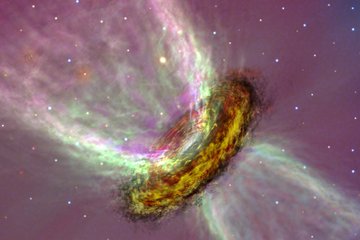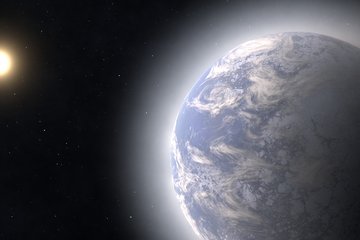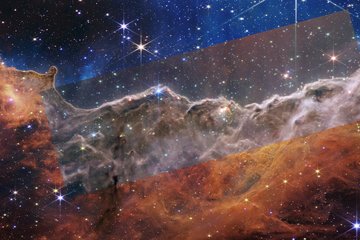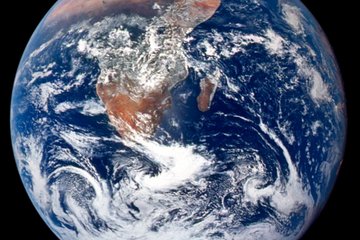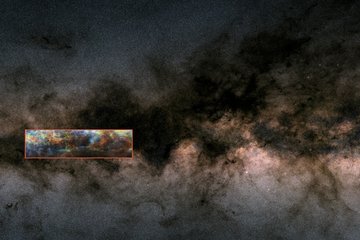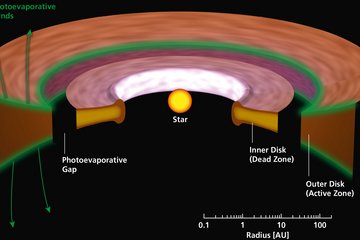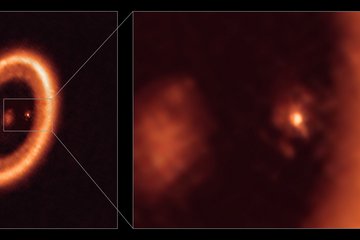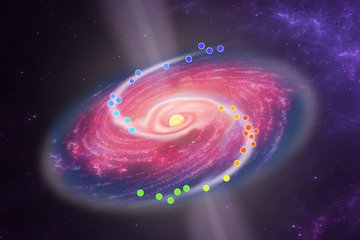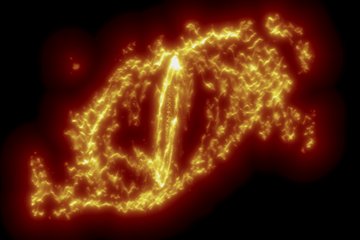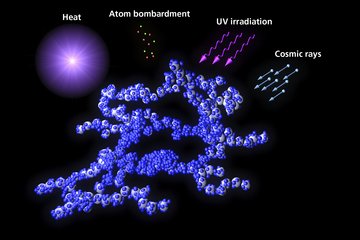Planet and Star Formation
We study the formation of stars on all scales and the birth of planetary systems and their evolution. The Department established observational programs to search for extrasolar planets and to characterize their properties. We investigate the chemical and physical state of the interstellar medium and protoplanetary disks in dedicated laboratory experiments where we study the formation of complex organic molecules and cosmic dust analogues.

Star formation is a key process in the universe, shaping the structure of entire galaxies and driving their chemical evolution and, at the same time, providing the conditions for the formation of planets. Our goal is to understand the different modes of star formation, from massive star clusters to more isolated groups of low-mass stars.
We want to unravel the mysteries of planet formation from tiny dust grains to the formation of giant planets and their migration in gas disks. At the same time, we establish new search strategies for brown dwarfs and exoplanets and are beginning to characterize their atmospheres.
To this end, we combine multi-wavelength observations from large ground-based telescopes and space-born infrared observatories with large-scale numerical simulations on supercomputers, theoretical models, and dedicated laboratory experiments. Our research places extreme demands on observational techniques, pushing available angular resolution, dynamic range, and spectral resolving power to their limits. We help develop and construct astronomical instruments to meet these demanding requirements. Our particular fields of expertise are adaptive optics and interferometry for ground-based observations, and sensitive space-based infrared instruments.


